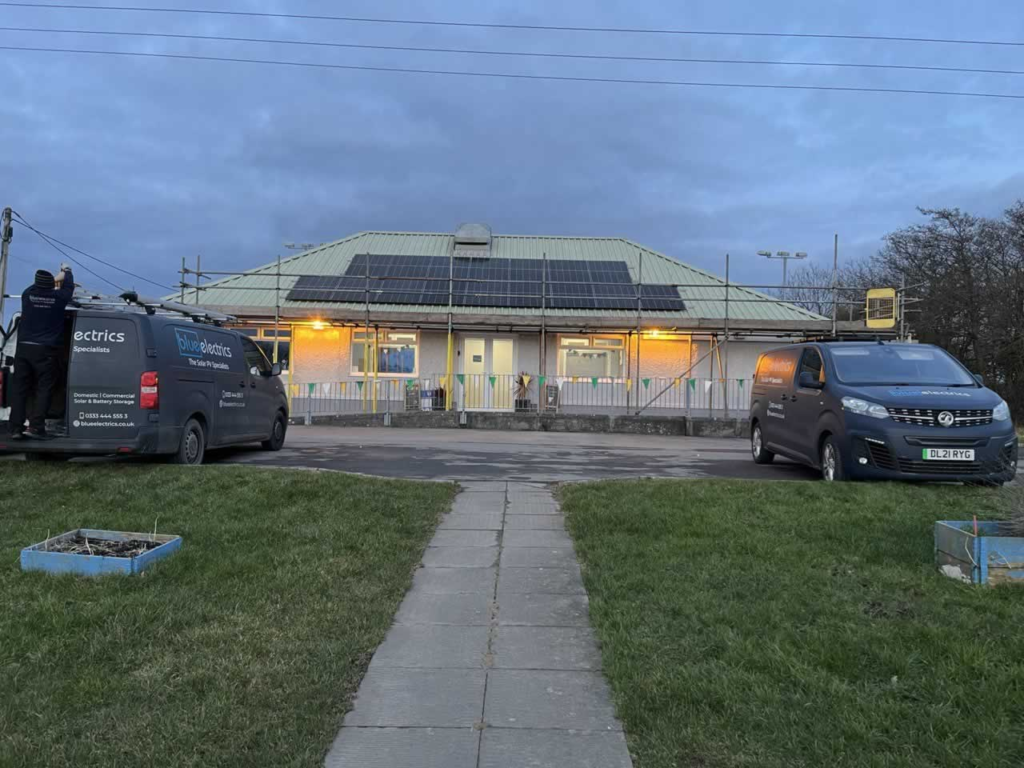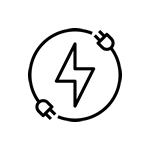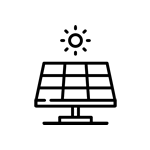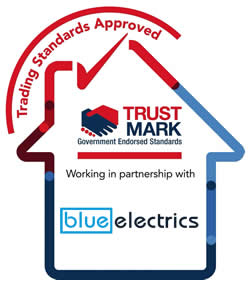As energy costs continue to rise, many homeowners are exploring alternative energy sources. Solar photovoltaic (PV) systems offer a sustainable solution to cut electricity bills and reduce carbon footprints. Here’s a comprehensive guide to help you determine if solar PV is the right choice for your home.

Are you concerned about the increasing cost of energy? Solar power might be the solution you need. By harnessing the sun’s energy, you can significantly reduce your electricity bills and contribute to a greener environment.
Solar panels capture sunlight and convert it into electricity. Each panel consists of numerous cells made from semi-conducting materials, usually silicon. When light hits these cells, it creates an electric current. Even on cloudy days, solar panels can generate electricity, though they perform best in direct sunlight.
A typical solar PV system comprises around 10 panels, each generating about 355 watts of power in optimal conditions. This direct current (DC) electricity is converted to alternating current (AC) by an inverter, making it usable for household appliances and lighting
Several factors determine if solar panels are suitable for your home:

The ideal roof for solar panels is south-facing with minimal shading from trees or buildings. However, east or west-facing roofs can also be effective. If your roof doesn’t have enough space, panels can be installed on a flat roof section.

Generally, solar PV systems are considered ‘permitted development,’ so most homes won’t need planning permission. However, it’s best to check with your local planning office, especially if you live in a listed building or conservation area.

A typical 3.5 kWp system can generate over 3,000 kWh annually, often more than what a typical household consumes. However, most of this electricity is produced during the day when many people are not home. Understanding your energy consumption patterns is crucial to maximising the benefits.
The initial investment for a solar PV system typically ranges from £5,000 to £15,000, depending on the system size and installation specifics. This cost includes the inverter, generation meter, panel mounting system, wiring, and labour.
You can also earn money through the Smart Export Guarantee (SEG) by exporting unused electricity back to the grid. There are different SEG tariffs available, so it’s important to shop around for the best rates.
To get the most out of your solar panels, consider the following:

Running appliances during daylight hours when solar power is being generated can maximise savings.

Solar PV systems can be integrated with heat pumps or used to power hot water systems, further reducing energy costs. Installing a PV diverter to channel excess energy to heat water is a low-cost, low-maintenance option.

Adding a battery storage system can help you use more of the electricity generated by your solar panels. Although currently expensive, technology improvements are making battery storage a more viable option for homeowners.
Solar PV systems offer a sustainable way to reduce electricity costs and lower carbon footprints. By understanding your energy needs, roof suitability, and financial implications, you can determine if solar panels are right for you. With the right setup and maintenance, you can maximise the benefits of solar energy and contribute to a more sustainable future.

Our electricians are fully qualified and experienced, ensuring the highest standards of workmanship and safety.

As a South Wales-based company, we understand the specific needs and regulations of the area.

We pride ourselves on our exceptional customer service, providing transparent, honest advice and support from start to finish.

With years of experience in the industry, we have built a reputation for reliability and trustworthiness, making us the go-to choice for electrical services in South Wales.

Blue HQ
Brunel Way
Neath
SA11 2FP







